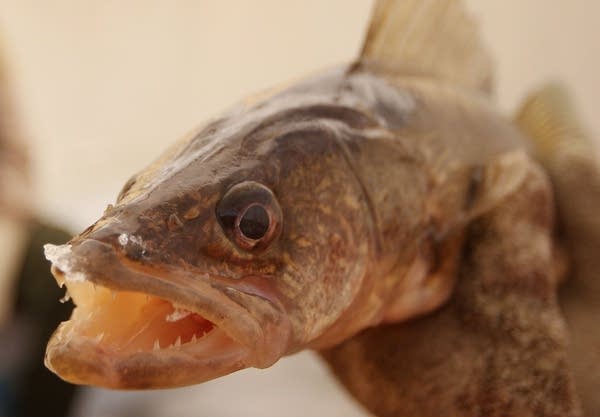Gone fishing: How to clean a fish

Whether you're new to the sport, or just never learned, here's how to clean a fish straight from the Minnesota DNR.
Scott Olson | Getty Images 2008
Go Deeper.
Create an account or log in to save stories.
Like this?
Thanks for liking this story! We have added it to a list of your favorite stories.


